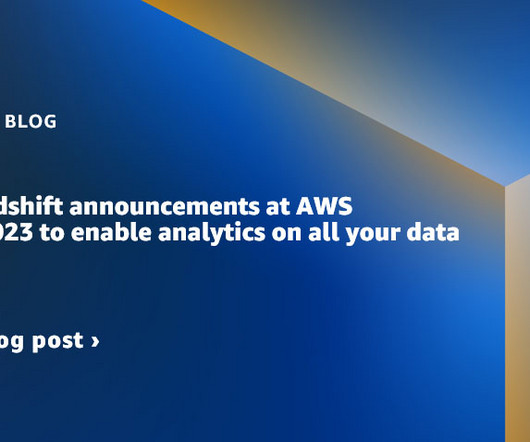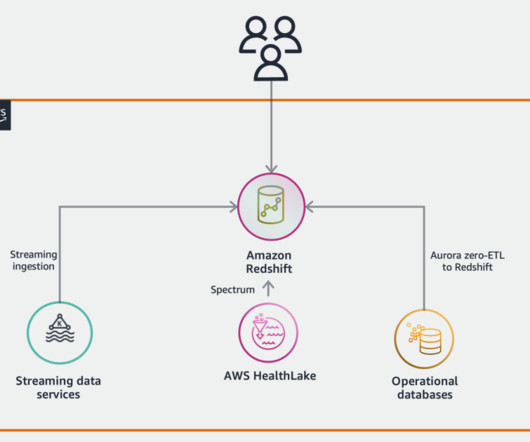Exploring real-time streaming for generative AI Applications
AWS Big Data
MARCH 25, 2024
Foundation models (FMs) are large machine learning (ML) models trained on a broad spectrum of unlabeled and generalized datasets. This scale and general-purpose adaptability are what makes FMs different from traditional ML models. FMs are multimodal; they work with different data types such as text, video, audio, and images.
























Let's personalize your content